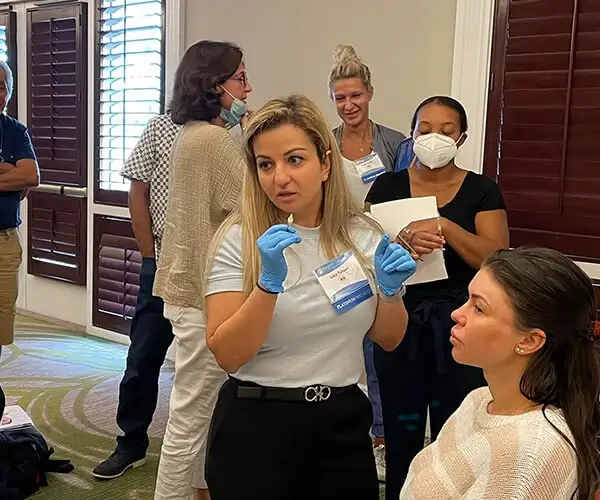Improving Customer Service in Your Medical Office
By Dr. Stephen Cosentino
PRESIDENT OF EMPIRE MEDICAL TRAINING
According to a 2022 healthcare industry survey by Ipsos and the Beryl Institute, only 24% of American healthcare consumers could say they’d had a positive patient experience in the past 3 months. A clear majority (60%) said they’d had a clearly negative patient experience during the same time period.
America’s medical offices are failing their patients. And that’s unacceptable.
This isn’t just a moral failing. Bad patient care, or even just-okay patient care, is bad for business.
If you run a direct primary care (concierge medicine) practice or an aesthetic medicine clinic, your patients are particularly attuned to expect excellent customer service. They have high standards of care and service. They want to feel good when they leave your practice and after every interaction with your providers, whether in-person, over the phone, or online.
Read on to ensure you’re living up to those standards every day.
How to Improve Customer Service in Your Medical Office
Here’s what you can do to provide great customer service at your medical practice before, during, and after patient visits.
Before the Visit
Good customer service begins with a great first impression. To achieve that, your practice’s front office must be on point.
Read this guide to the fundamentals of a medical front office, then enroll your reception and front desk leads in accredited customer service training courses to reinforce key concepts. You’ll want them (and you) to focus on:
- Hiring office staff with previous customer service experience and a demonstrated commitment to professionalism
- Clearly communicating with and setting expectations for patients before they set foot in the office, via phone, email, or SMS
- Digitizing pre-visit paperwork so patients don’t have to fill out forms in the waiting room
- Implementing systems and procedures to ensure efficient patient/room turnaround and minimal wait times
- Being honest about wait times so that patients aren’t caught off-guard when they arrive
During the Visit
Ensure all patient contact staff adhere to the same high standards of efficiency, professionalism, and helpfulness. Focus on:
- Clearly communicating where patients should go once they’re ready to be seen
- Ensuring medical assistants efficiently room patients, collect vitals, and prepare them to be seen by the provider
- Having providers (including you, if and when you see patients) listen attentively to all patient concerns and clearly communicate important information about any tests or procedures being performed
- Having an efficient system in place to take or transcribe notes, including medical scribes if needed
- Providing clear, helpful follow-up information and answering all patient questions before discharging them — always balancing comprehensiveness with the need to keep to your visit schedule
After the Visit
The patient experience doesn’t end when they walk out your door, and satisfied patients can quickly become unhappy if you “ghost” them. So after the visit, focus on:
- Giving clear instructions around where they can access their patient records and visit history (if online)
- Following up with test results as soon as they’re available, and clearly explaining what they mean
- Answering any and all patient questions during these follow-up calls
- Providing a plan or schedule for follow-up visits as needed and ensuring a smooth handoff to your internal scheduling staff
- Remaining available to answer patient questions and address concerns as they come up
This might seem like a lot of work. But it’s vital for your practice’s future — and your patients’ well-being. Don’t cut corners on patient care.


